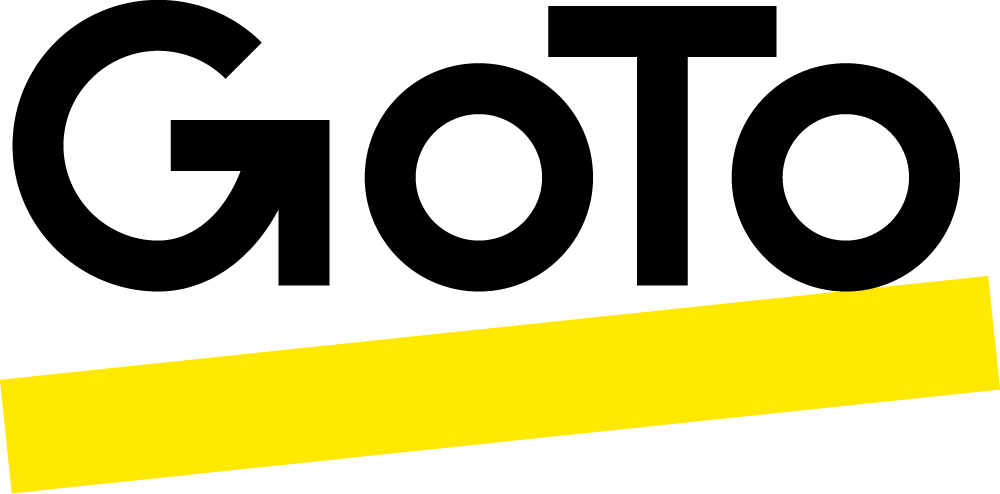#GoToGetsIT: This article is part of an ongoing series from GoTo’s thought leaders on the frontlines: Our Solutions Consultants deeply understand our customers’ unique challenges and connect the right solutions to meet their goals using GoTo technology. Here, they share their industry knowledge on what it takes to help businesses everywhere thrive in a remote or hybrid world.
Thanks to COVID, many of us had to adapt very quickly. In a few short weeks, we were forced to have our professional working careers merge with our home lives while managing our kids and elderly parents. By nature, it’s one of human’s strongest attributes, the ability to adjust to change.
I recall my father refusing to buckle up when wearing seat belts became law, now at 82 he tells me to “wait” while he locates his belt before departing. There are numerous shifting trends in life similar to this where we have the choice to make it relevant and fun, but ultimately, we cannot resist change.
As most organizations have all settled back in, there are elements that remain very much different – the empty desks, less road congestion, and new words being added to our vocabulary, such as “rona” and “doomscrolling.”
Remote work trends toward choice
Gallup research shows that hybrid work has increased in 2022 (from 42% in February to 49% in June) and suggests that number will continue to rise as 60% of remote-capable workers want a long-term hybrid work arrangement.
Another fun fact: Gen Z (born from 1997-2012) had the lowest percentage of groups opting for full time remote. Less than 30% choose that option. What’s going on?
As I started attending more and more social and business events, I noticed a common theme with this age group. It wasn’t so much about “working from home,” but rather the flexibility to choose their own schedule and “work from anywhere,” They want to choose to work during the hours of the day when they are most productive, while reserving the traditional 9:00 to 5:00 window for collaboration and team huddles. The ability to choose your own workday supports the old saying, “Choose a job you love, and you will never have to work a day in your life.”
The recent 4-day workweek pilot program in the UK confirms the power of flexibility. The trial was so successful that of the 61 companies that participated, 56 (92%) are continuing with the four-day week. Turns out, the shorter weeks were good for company revenue and decreased attrition. At GoTo, as with many others in the technology sector, we are granted one company wide self-care day off per month, essentially a four-day workweek once every month, in addition to our allotted paid time off, which have proven to be very popular within our organization. I typically will take an hour or two, by choice, to close off any small outstanding items as I enjoy my morning coffee, which in turn provides a clean slate to kick off the following week. In a 4-day workweek, this same approach will provide employees with the opportunity to relax, recharge, and organize themselves for the following week, truly a win-win for both employees and employers.
Choice still reigns when remote work doesn’t work
Of course, this observation does not apply to all forms of employment, such as brick and mortar storefronts, construction trades, and front-line workers, but they have taken notice of this trend, and suggesting a reduced work week is now more in line for this group.
The Canadian federal government mandated that all public servants return to the office 2-3 days a week by March 31, 2023. The Treasury Board (department that oversees the spending and operation of the Government of Canada) put out a statement, suggesting that the change and mandate was to create a common approach to remote work for the federal public service, and went on to say, "We've now seen that there needs to be greater fairness and equity across our workplaces and we need consistency in how hybrid work is applied across the federal government."
Although this initiative has more underlying economic benefits such as reviving all of the restaurants and other business that support the office workers, there is no doubt that the trends and debates will continue. This will also trigger private sector businesses with the opportunity to perhaps recruit some of the younger workers, with an offer and benefits package of a fully flexible work environment.
Technology powers flexibility
Regardless of what the outcome will be and the new normal for any given organization, one common thread remains at the center of this discussion: Flexibility. Companies will have to be vigilant with a laser focus on the technologies that will provide the ability to seamlessly communicate and collaborate from anywhere, anyplace, from any device, while maintaining a high level of IT support including RMM (remote monitoring and management), MDM (Mobile Device Management), and a zero trust approach to remote access security. Learn how GoTo’s unified communication tools and all-in-one IT management & support software cover all these bases and more.
The future is here!






